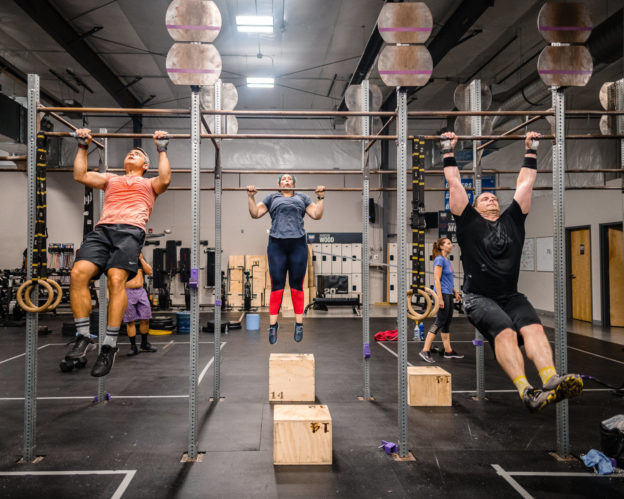
3 Ways to Determine a Time Cap
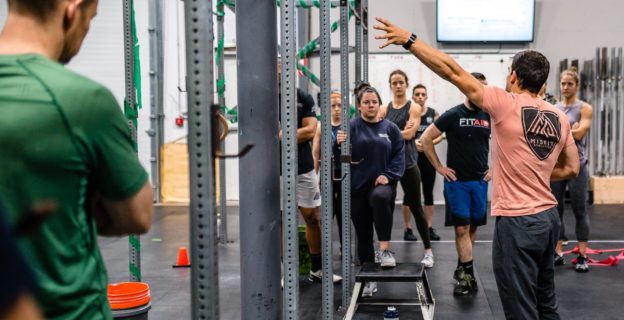
One of the biggest reasons we built Team Misfit is to give coaches a program that they could either run exactly as is, or choose to take the training and make it their own based on their specific group of athletes. One of the most common questions I get associated with this concept is how to time cap workouts. We believe that anytime a workout is “for time”, the ownership/coaching should be able to look at the workout, modify it if needed, and scale athletes appropriately such that both the fittest and the most de-conditioned get the same workout in a similar amount of time. If you have athletes who finish far too quickly or take too long, you should be asking yourself “what did I do wrong?” most of the time.
That being said, there is a time and a place to have soft or hard time caps in your head, or publicly stated before starting a workout. Determining what that cap is, however, can take a little practice. Below is a workout and the description from our Competitor program for January 2020 (note that this is programmed after a 1RM back squat in the same class). A moderate skill barbell movement and a moderate-high skill gymnastics movement means that there will be a range of times, and that’s not necessarily a bad thing. What we need to be cognizant of is how much time is available in class to adequately prepare for and execute this workout, all while making sure that our less fit athletes are getting the right workout (I’m less concerned with our fittest). These are 3 of my preferred ways to determine how long a workout should take to help me in my class planning.
For Time
18 Chest to Bar Pull Ups
18 Squat Cleans 115/75lbs
Rest 1:00
15 Chest to Bar Pull Ups
15 Squat Cleans 115/75lbs
Rest 1:00
12 Chest to Bar Pull Ups
12 Squat Cleans 115/75lbs
Rest :30
9 Chest to Bar Pull Ups
9 Squat Cleans 115/75lbs
Rest :30
6 Chest to Bar Pull Ups
6 Squat Cleans 115/75lbs
The stimulus we are going for both chest to bar pull ups and the squat cleans is no more than 2 sets in any of the rounds. Coaches should encourage athletes to pick a weight that gives them a realistic chance to go UB with, but 1 break per set is ok. For athletes with less proficient chest to bar ability, scale to chin over bar pull ups, jumping pull ups, or ring rows.
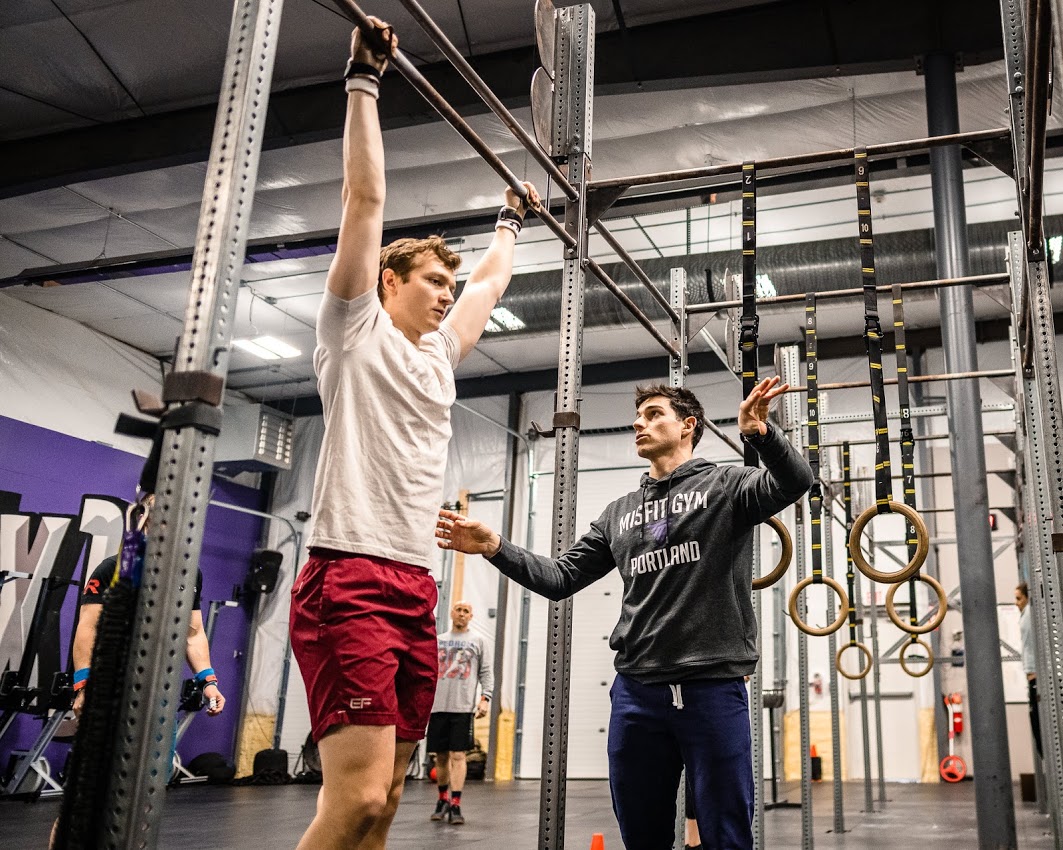
Method 1: The Fastest/Slowest Time Method
Determining the fastest and slowest possible times on a workout is a technique that works well in a situation like this. If we use the description and look at the workout, we can get an idea of what that should be. We want 2 sets or less in both movements, so that means big sets that get cycled quickly. If an athlete does unbroken butterfly pull ups, you’re looking at :30 of pull ups in the first and second rounds or faster. A brief transition to a light-moderate barbell done in 1-2 sets is close to 1:00, putting rounds 1 and 2 at around :90 each for the FITTEST. Rounds 2 and 3 would likely be similar, maybe just a bit faster depending on fitness level, and the last round is probably only :30, even if the athlete is very fatigued. Add all of that together including the rest and you’re looking at roughly 10 minutes, and that will be an extremely good workout. For your slowest athletes, it may take upward of a full minute for the pull ups and another 1-1:30 for the barbell, putting rounds 1 and 2 at 2:30 each at most. Rounds 3 and 4 should be a bit faster, but still 2:00 at most, and finally round 5 shouldn’t take more than 1 minute for anyone. That’s 10 minutes of work, plus the 3 minutes of mandatory rest putting the upper limit at 13-14 minutes. If scaled appropriately, this workout shouldn’t take more than 14 minutes for anyone.
Fastest: 9-10 minutes
Slowest (time cap): 14 minutes
Method 2: The Total Volume Method
This can be a good method for when there is a decent volume of high skill gymnastics, or for when there are movements that you know through experience how long they will take. In this workout, there are 60 reps of each movement, and if we were asking athletes to do 60 reps separately, what would their times be? For pull ups, the fittest affiliate athlete may be able to do 15-20 reps on the minute for 3-4 minutes (let’s not use the extreme example of an athlete who may be able to do close to 60 unbroken – that’s not quite as applicable in this workout, although it can be helpful). For 60 squat cleans, those reps are a bit slower, so doing 12-15 a minute for for 4-5 minutes would be a good baseline. For the fittest, 3-4 minutes of pull ups and 4-5 minutes of cleans is 7-9 minutes of work, plus 3 minutes of rest makes this piece 10-12 minutes or so. For other affiliate athletes, 12-15 pull ups or the appropriate scale and 10-12 squat cleans per minute would be a reasonable assumption (given that we still want 2 sets or less for both movements), and would put us at 4-5 minutes for pull ups, and 5-6 minutes for cleans. Add in the 3 minutes of rest and you’ve got a range of 12-14 minutes.
Fittest: 10-12 minutes
Time Cap: 12-14 minutes
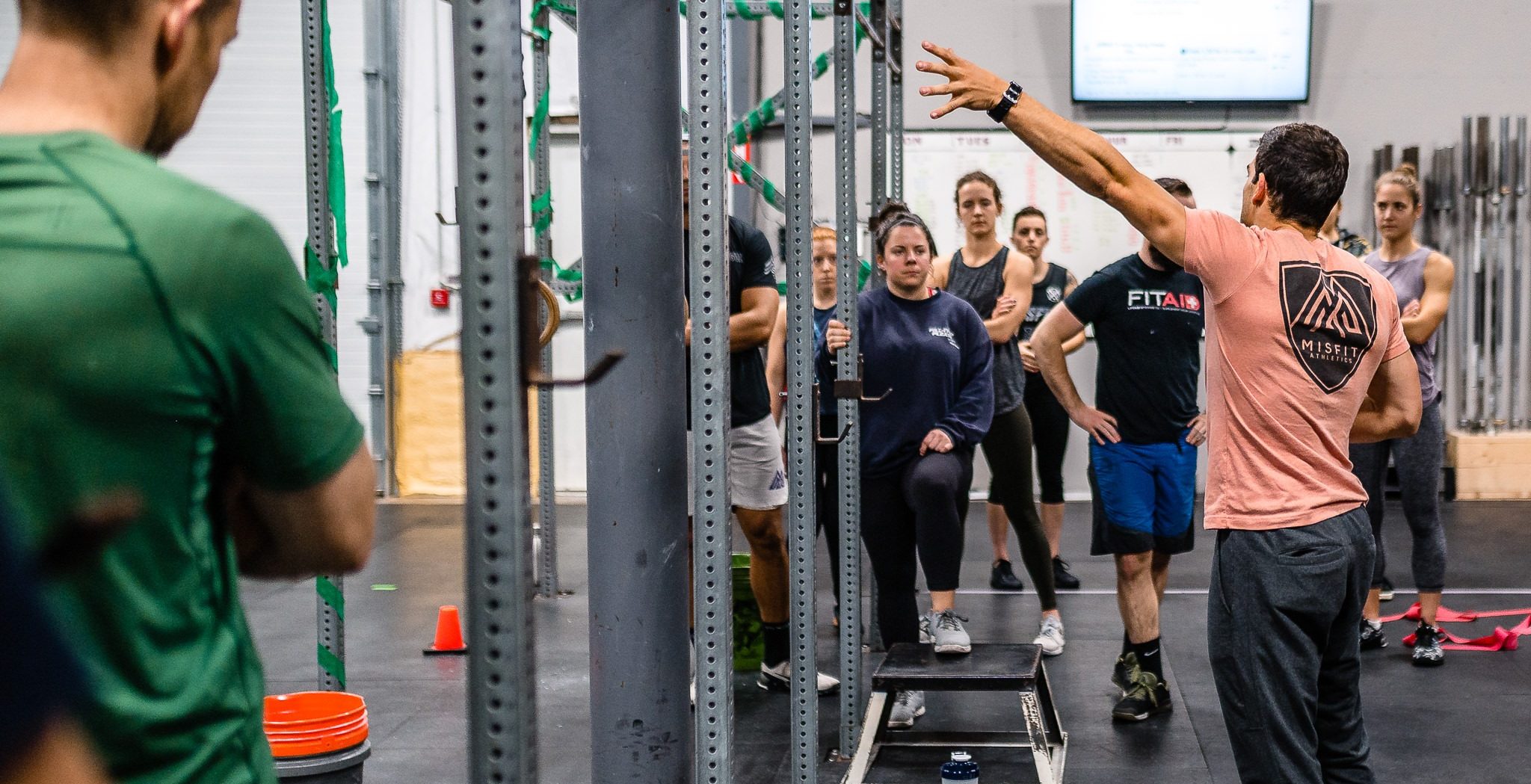
Method 3: The Slowest Average Round Method
Finally, this is a pretty quick and easy way to calculate a time cap for workouts formatted as “X Rounds for Time”. This method is primarily for calculating only the slowest time based on the intended stimulus. To find your time cap with this method, simply look at how much work is in one round, determine what the slowest average round would be, and multiply. In this piece, I would say that on average, athletes would take 1 minute to do pull ups and 1 minute to do the squat cleans, meaning 2 minutes per round. That may be a little fast for the first set of 18 and 18, but would also be very slow for the last round of 6 and 6, so I’m ok with 2:00 per round. Five working rounds of two minutes each is 10 minutes, plus three minutes of mandatory rest gives you a 13 minute cap.
Time Cap: 13 minutes
As I’ve said, time caps should be used sparingly. You will become a much better coach by determining how long a workout should take based on the stimulus, and by scaling your athletes to achieve that stimulus rather than simply capping a workout to finish class on time. It shows that you know what the workout is calling for, and know your athletes well enough that you can give them the appropriate scaling options for their ability level. There are lots of other factors to consider when thinking about how long a workout should take such as accumulated fatigue and transitions, but this is a good place to start. The overall theme: Plan ahead. It’s always easier to adjust a plan than it is to make one up on the fly.
Written by Hunter Wood

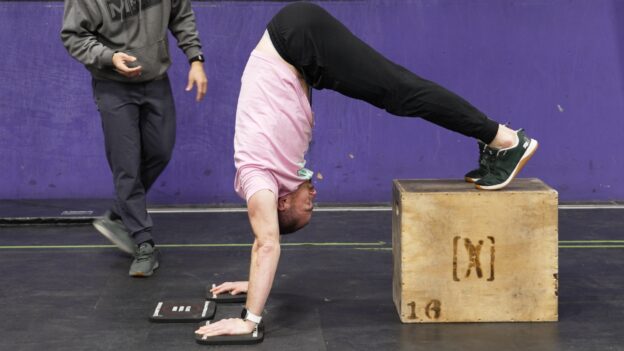
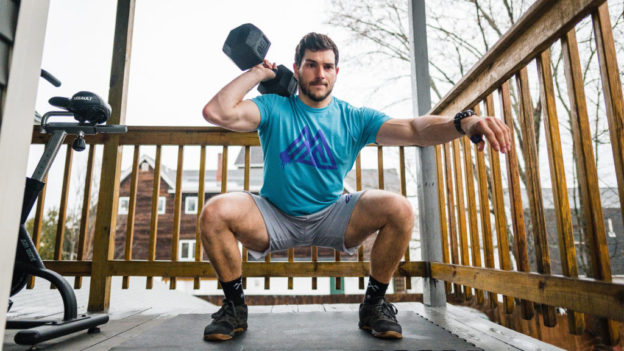
Responses